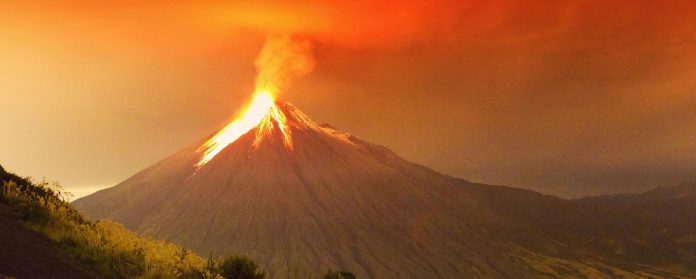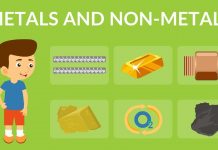Volcanoes are formed when molten rock from kilometers under the surface of Earth forces its way upwards through cracks. A volcano usually forms where the Earth’s tectonic plates meet. The solid upper layer of the Earth is known as the “crust” and is made up of huge pieces known as the tectonic plates.
The thickness of the crust ranges from approximately 50 kilometers, on land, to only five kilometers thick under the ocean. The layer of Earth below the crust is known as the ‘mantle’. This is where molten rock (magma) is formed.

Where a Volcano Forms
Volcanoes occur at, or along the boundaries of the tectonic plates. One plate may be forced under another, (destructive boundary) this causes it to melt making magma, which is then forced to the surface. Magma is known as lava when it reaches the surface. When plates move apart, (constructive boundary) magma rises to fill the gap.
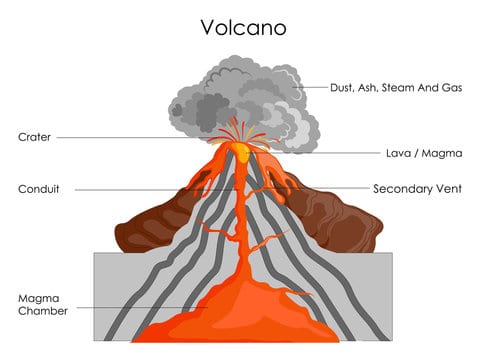
Types of Volcanoes
Generally, submerged volcanoes under the ocean form along constructive boundaries and leak magma which solidifies to form a new crust. A hot-spot volcano may form within the tectonic plates where magma forces its way up through the crust.
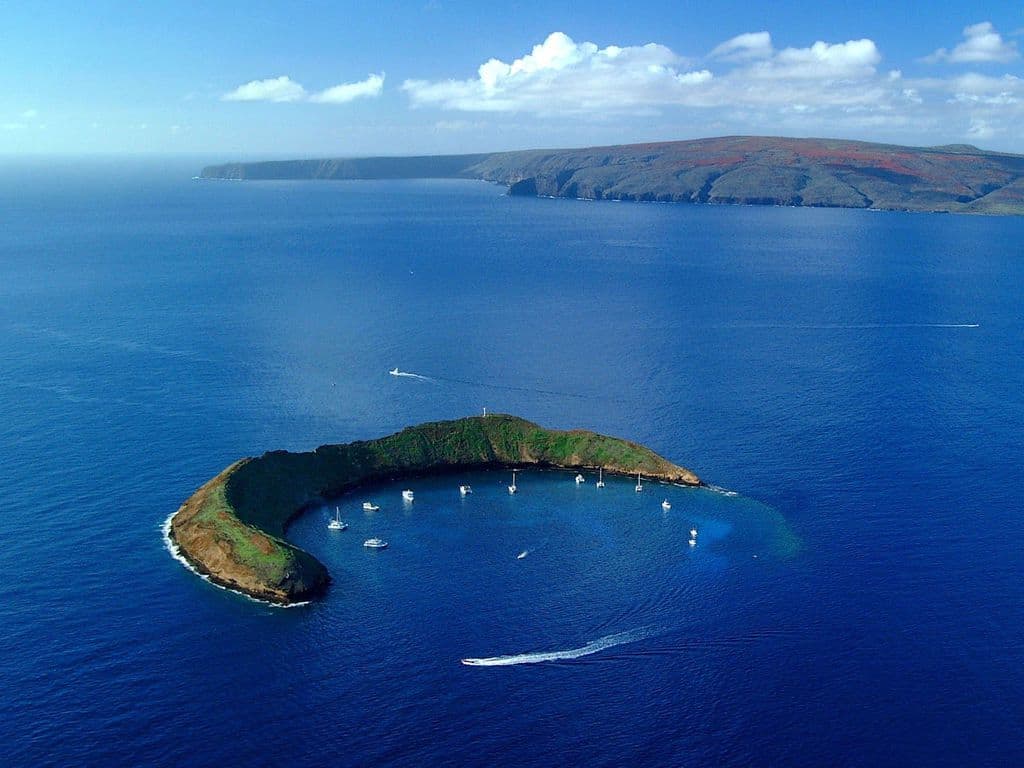
Submerged hot spot volcanoes form mountains known as “seamounts”. The islands of Hawaii are seamounts and are formed by the tips of hot spot volcanoes.
Volcanoes on land are mostly strato-volcanoes, which are tall cones. These are generally made up of layers of ash and lava, which have formed from multiple eruptions over thousands of years. Craters are often formed at the top of a volcano, beneath this crater a vent reaches into the crust, down into a chamber of magma.
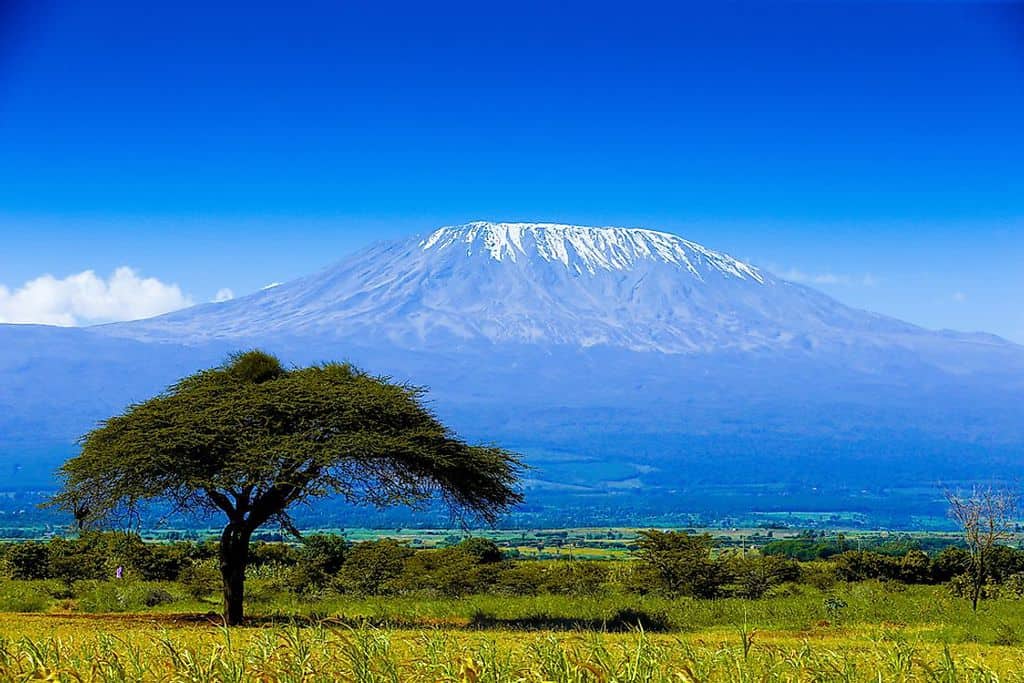
An eruption takes place when magma rises up the vent from the chamber, causing lava and ash to be spilled into the air.
Volcanic Activity Cause an Eruption
Different volcanic eruptions form different types of volcanoes. A gentle eruption consists of rivers of runny lava and usually occurs at constructive boundaries and at hot spots. These are known as shield volcanoes and during an eruption, magma is forced upwards causing lava to shoot into the air in a fountain-like manner.
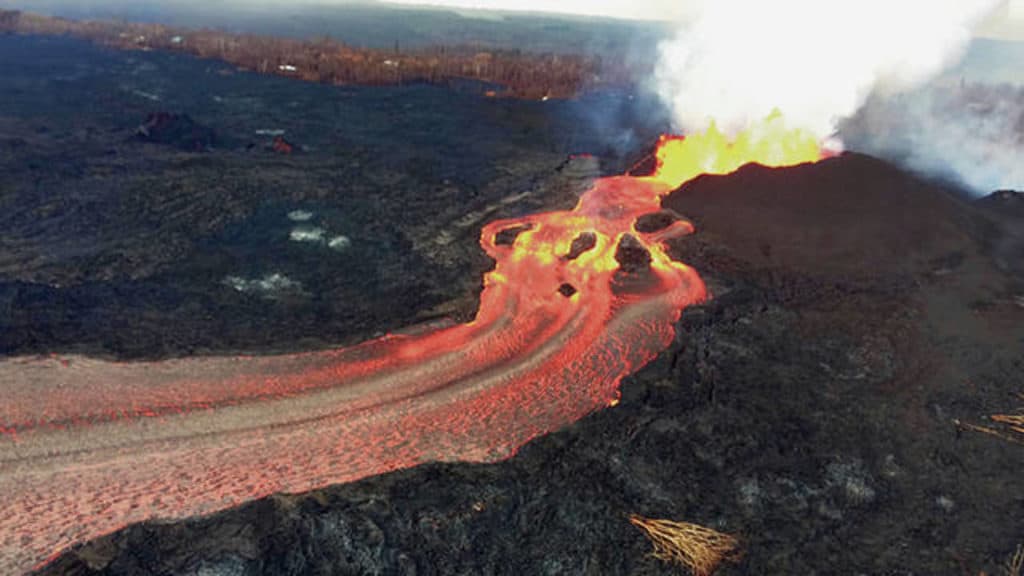
The lava flows down the sides and gradually cools into solid rock, building up over thousands of years to form a mountain.
A cinder cone volcano usually erupts violently. Gas builds up in the magma forming blobs of lava which hurtle into the air, cooling and then falling as red or black rocks known as cinders. Cinder cone volcanoes often form on the sides of a shield volcano and have steep sides from the build up of the cinders.
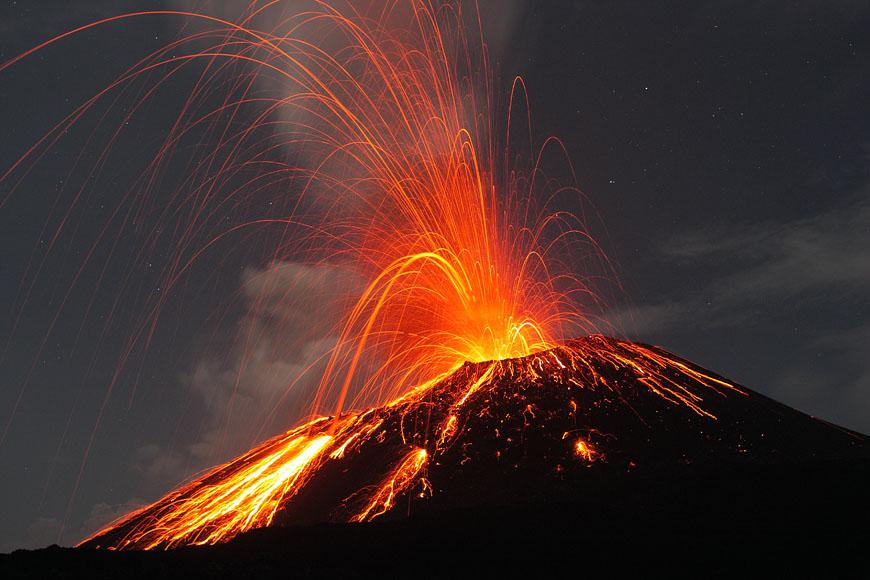
A violent volcanic eruption usually takes place at destructive boundaries as the magma is thick and blocks the vent. Exploding gases in the magma chamber blast molten rocks into tiny pieces, when the pressure builds these pieces are forced up through the vent causing an eruption.
When in the air, these tiny rocks solidify quickly to form clouds of ash. As the pressure eases, the ash clouds collapse and surge down the sides forming strato-volcanoes.
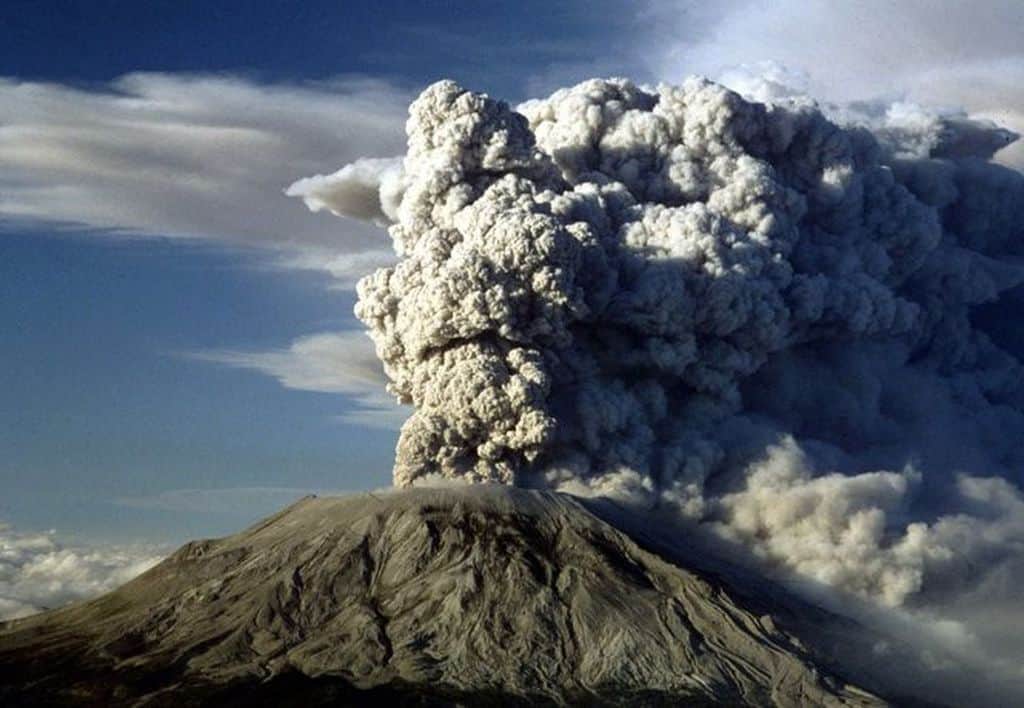
- What Is Aromatherapy Vs. What Are Essential Oils?
- What is La Tomatina in Bunol, Spain Like? What to Expect at the Famous Tomato Throwing Festival
Classification of a Volcano
There are three states in which scientists classify a volcano. An active volcano has “been seen” to erupt in the past few thousand years, a dormant volcano is an active volcano which is not erupting at the moment. An extinct volcano has never “been seen” to erupt.
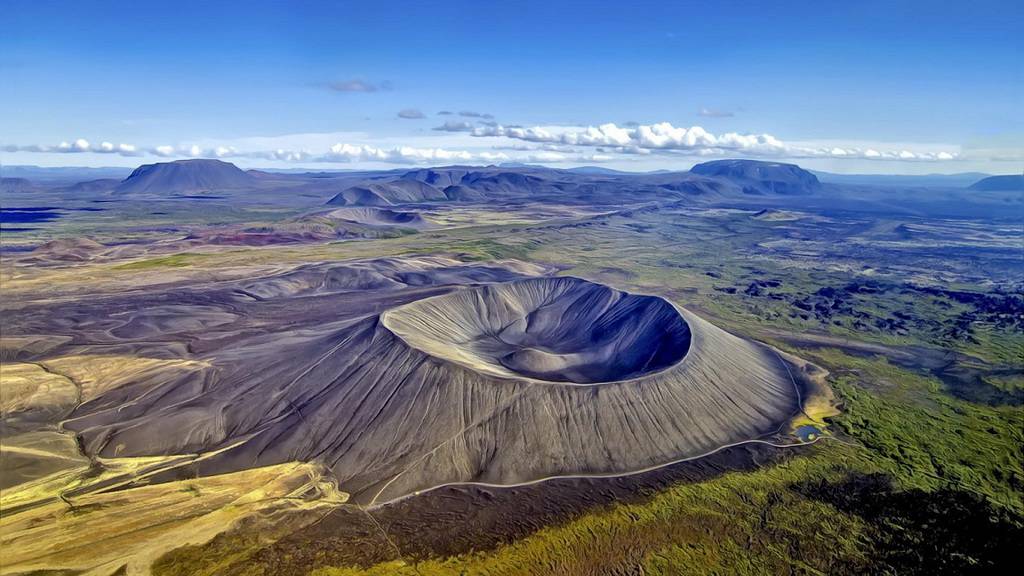
Volcanoes are formed by the buildup of ash, lava and cinders and may be one mountain or form part of a mountain range. Islands may also be formed from the build up of lava from multiple volcano eruptions under the sea.
Approximately five hundred active volcanoes exist around the world today. A volcanic eruption may be very destructive to the environment, although, may also be very spectacular to view.


